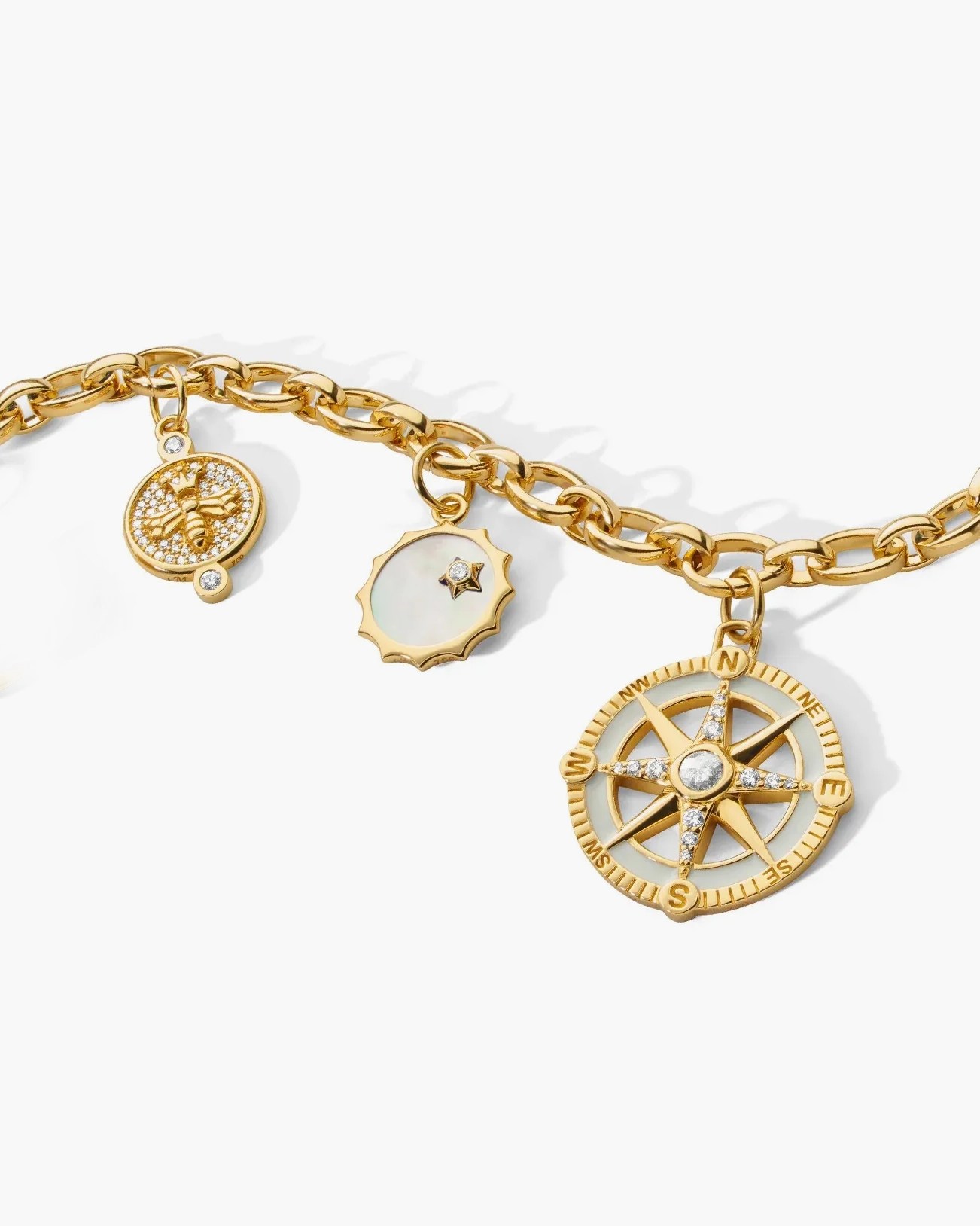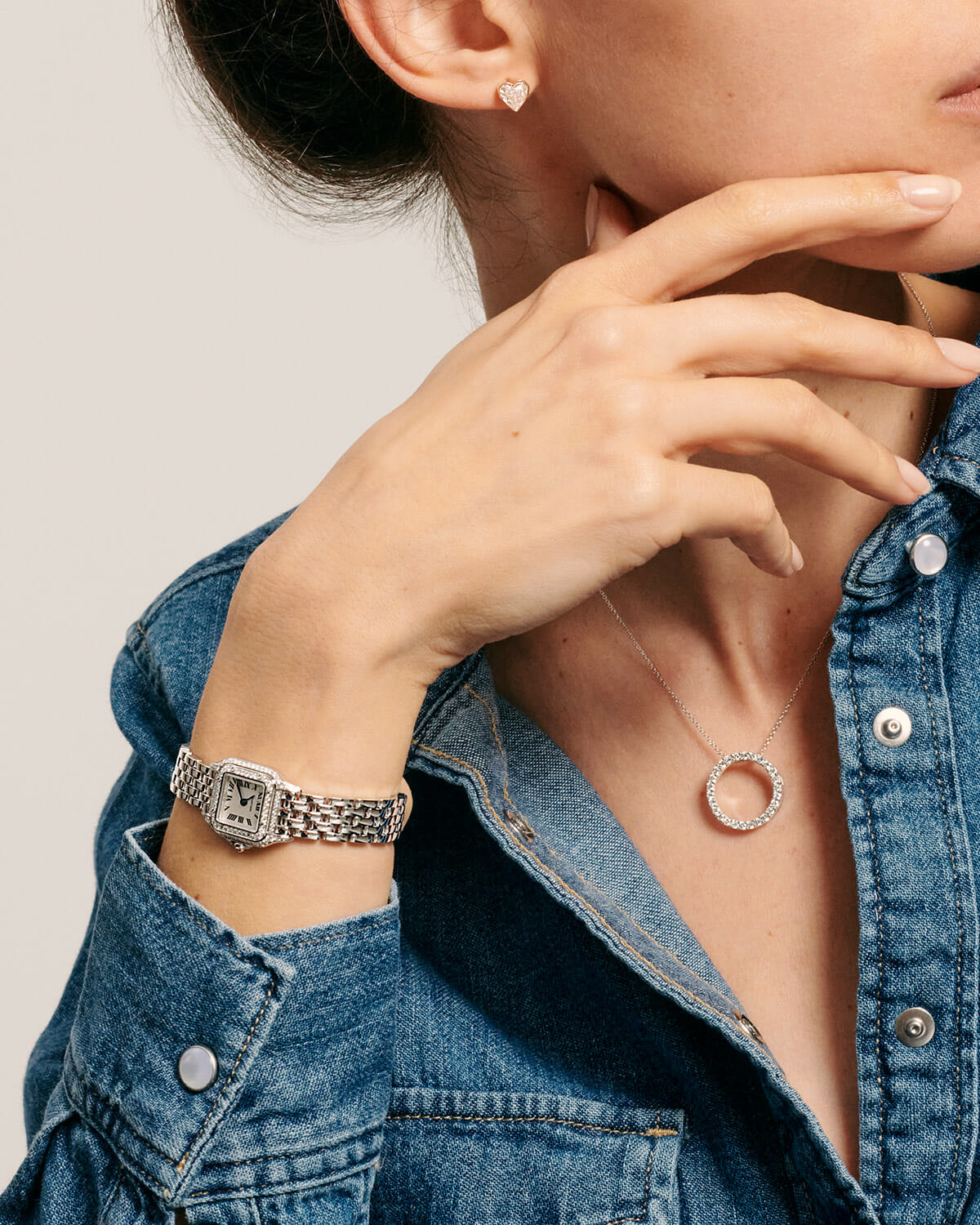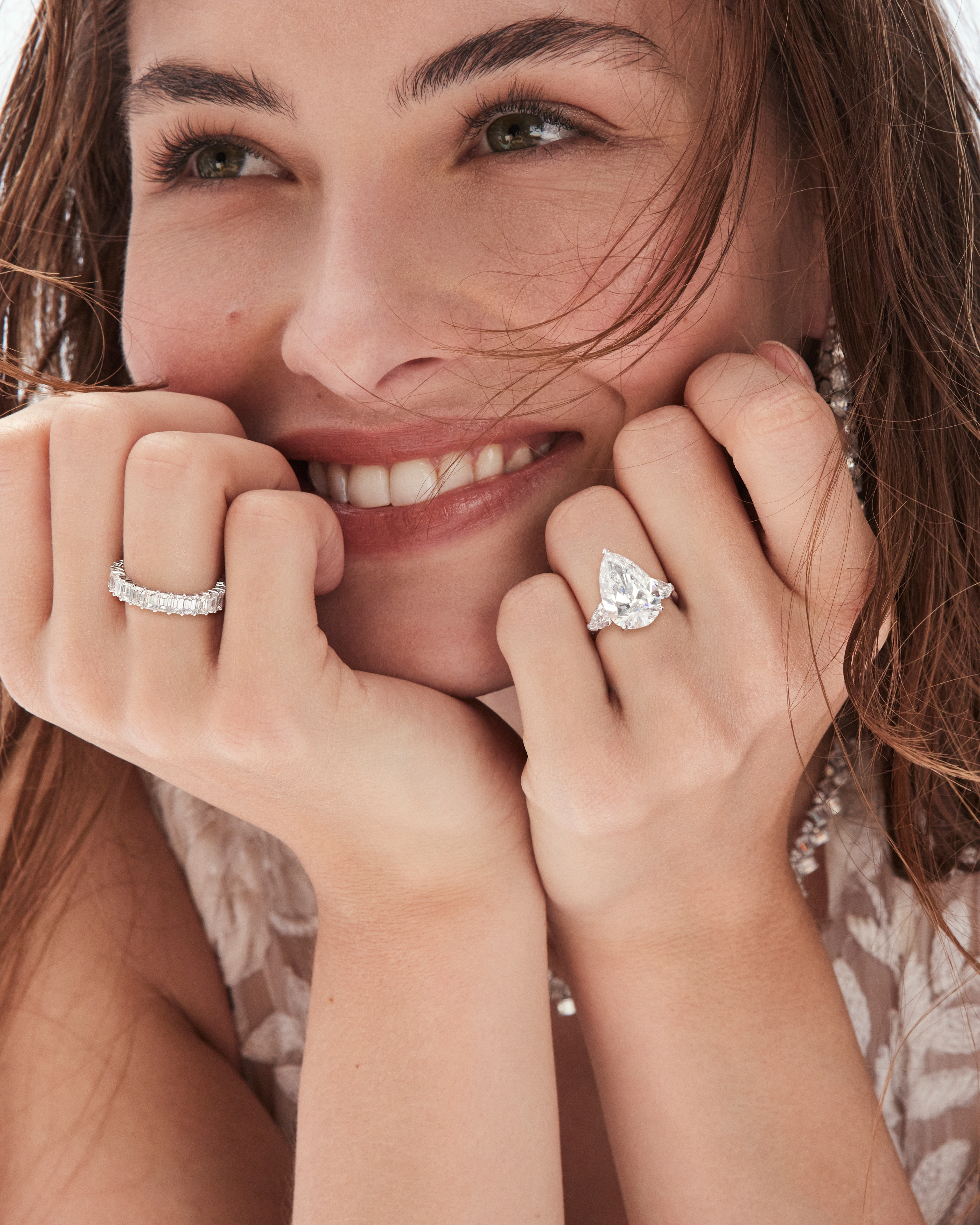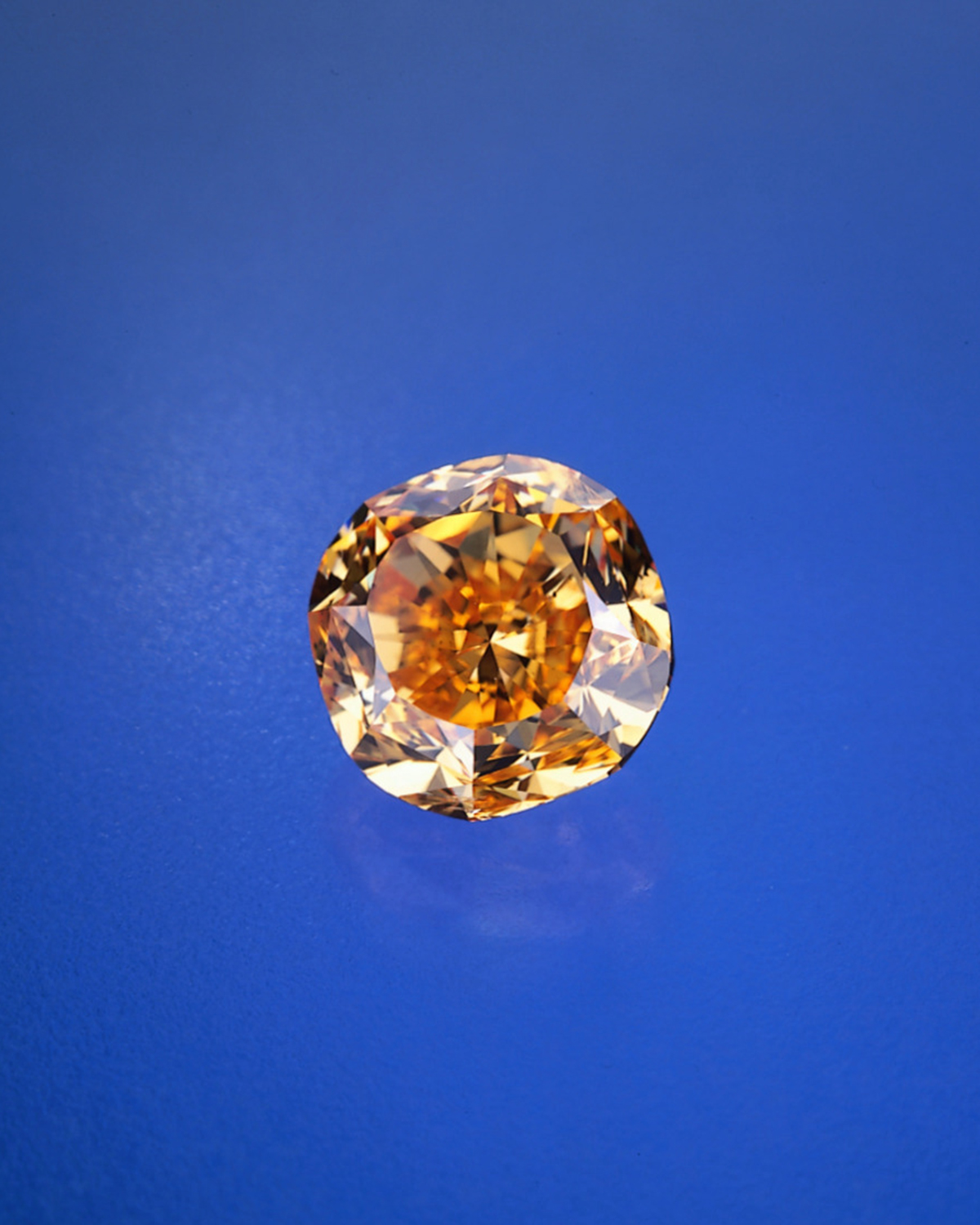A Portuguese Natural Diamond Treasure Trove in Lisbon


In November, the Royal Treasure Museum in Lisbon, Portugal, provided the backdrop for the first Treasures, Royal Gems & Jewellery International Colloquium. The conference brought together international museum curators, auction house valuers, and gemologists to discuss Portugal’s royal cache and other magnificent gems and jewels worldwide.
Portugal’s royal collection, housed in The Royal Treasure Museum since June 2022, is not as widely known as other collections. The state has owned the collection since the country became a republic in 1910. The Braganza royal family, who reigned over Portugal and Brazil, is responsible for amassing the assortment. The collection includes everything from captivating jewelry, objects, and glittering military orders.
The Impact of Diamond Discoveries:
The kingdom of Portugal claimed Brazil in April 1500, and the royal family became beneficiaries of its gold and diamond wealth. A golden nugget weighing 44.954 pounds has been on display, along with a 35.80-carat rough diamond. This is accompanied by information about Brazil’s gold rush and the discovery of diamonds in Minas Gerais in the early 18th century.

Jeffrey Post, Curator Emeritus of Gems and Minerals at the Smithsonian Institute, delivered a lecture during the colloquium. According to Post, the discovery of diamonds in Brazil in the 1720s was a game changer. “Until then, they were only recovered in any kind of commercial way in India.” He explains that with this new source, diamonds became a more prominent feature in royal regalia and jewelry across Europe, even more so after the discovery of diamonds in South Africa in the 19th century.
Post adds that the Smithsonian holds a necklace that Napoleon gave to his second wife, Empress Marie Louise. “It has 162 carats of big, high-quality diamonds that would have mostly come from Brazil,” he says.
Queen of Spain, Maria Bárbara de
Bragança’s Diamond & Emerald Bow:

Pieces in the Portuguese royal collection are of historical, artistic and gemological interest. The Royal Treasure Museum described one emerald and diamond bow as a “bodice ornament.” It features 31 Colombian emeralds totaling 301 carats. The bow includes a central 47.91-carat emerald from which hangs a diamond tassel, with the largest diamond weighing 24 carats. The jewel belonged to the Portuguese-born Queen of Spain, Maria Bárbara de Bragança.
King José’s Diamond Tobacco Snuff Box:


There is also a stunning diamond tobacco snuff box that King José commissioned Pierre André Jacquemin, jeweler to the French King Louis XV, to create. The box was crafted from gold, silver, and diamonds and is considered a masterpiece of 18th century French jewelry. It features a 30-carat diamond at its center.
King João VI’s Badge of the Order
of the Golden Fleece:

There’s also the Badge of the Order of the Golden Fleece of King João VI. At approximately 10.63 inches long, it is the largest Catholic order of chivalry of this kind in existence.
The Portuguese gemologist and international lecturer Rui Galopim de Carvalho led research and documentation of the collection at The Royal Treasure Museum. During the colloquium, he outlined the process of assessing the collection. Compiling a 600-page gemological study covering each gem-set piece of the collection, it totaled approximately 18,000 diamonds.
The Royal Treasure Museum’s Jewelry
Collection of Maria Pia of Savoy:

Like so many dynasties, the Braganza family forged alliances and familial ties with other European rulers, including the Habsburgs and Bourbons. Indeed, many of the pieces in the collection are attributed to the Italian-born princess Maria Pia of Savoy.
Maria Pia became queen when she married Luis I of Portugal in 1862. She was considered an aesthete and turned her attention to jewelry but also remodeled the Adjuda Palace. The queen commissioned Portuguese jeweler Estevão de Sousa to create a diadem and necklace featuring stars set with Brazilian diamonds.

Emily Stoehrer of The Museum of Fine Arts Boston, who attended the colloquium, describes the diadem set en tremblant as “so modern.” She explained that she was mostly unfamiliar with the Portuguese royal collections before the colloquium. She adds, “I knew of Maria Pia’s Castellani jewelry, but I did not fully appreciate the context of it or the connection between Portugal and Italy.”



The Royal Treasure Museum & More:
In Europe, tourists flock to museums such as the one in Lisbon, specializing in extraordinary treasures once owned by emperors, monarchs, and those of royal lineage.
Rosenborg Castle in Copenhagen holds the Danish crown jewels. The Imperial Treasury at Vienna’s Hofburg Palace showcases pieces that once belonged to the Habsburgs, who ruled the Holy Roman Empire. Likely the most famous of all, The Tower of London boasts over 23,578 gemstones contained in the British Crown Jewels. These specialist museums showcase spectacular gemstones within a historical context, giving a different focus than that of auction houses.
The Royal Treasure Museum’s Security Detail:

The Royal Treasure Museum is fashioned like a huge, gold-colored box showcased in a building-within-a-building, with airport-style security. Nuno Vale, executive director at the Royal Treasure Museum, describes the gold structure within a contemporary space on the west wing of the historic Palácio Nacional da Ajuda, as “the largest safe box in the world.” In 2002, a large portion of the Portuguese crown jewels was stolen during a heist. At the time, they were on loan to the museum in The Hague, Netherlands, for an exhibition titled “The Diamond: From Rough Stone to Gem.” No wonder, then, that security is of utmost importance.
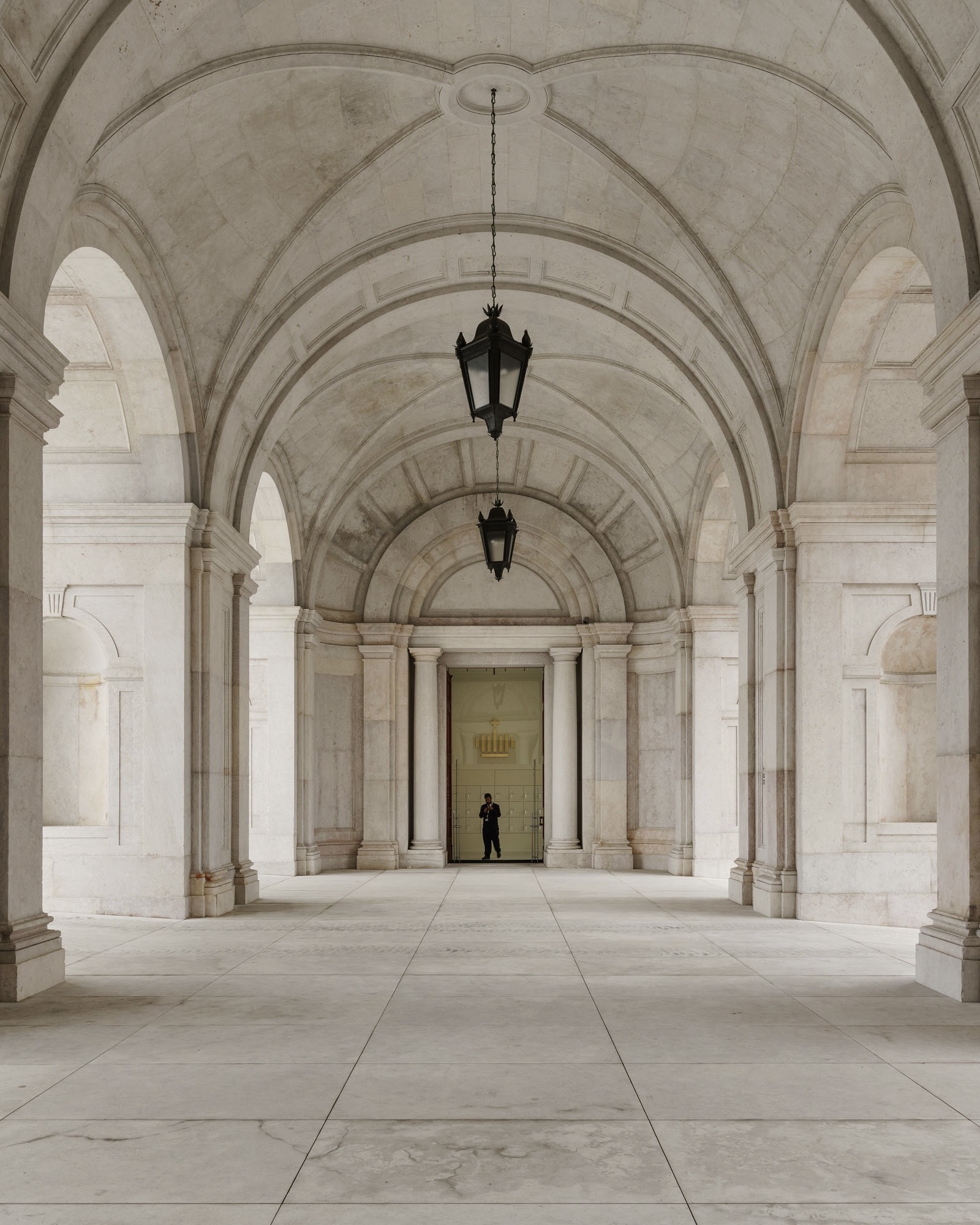

The last word goes to Post who had seen the Portuguese crown jewels in person in the past. “Had we seen the diamonds that have been stolen, there would have been an even more impressive display of rough diamonds that came out of Brazil,” he concludes.
Treasures, Royal Crowns & Tiaras International Colloquium is open until November 2026.
